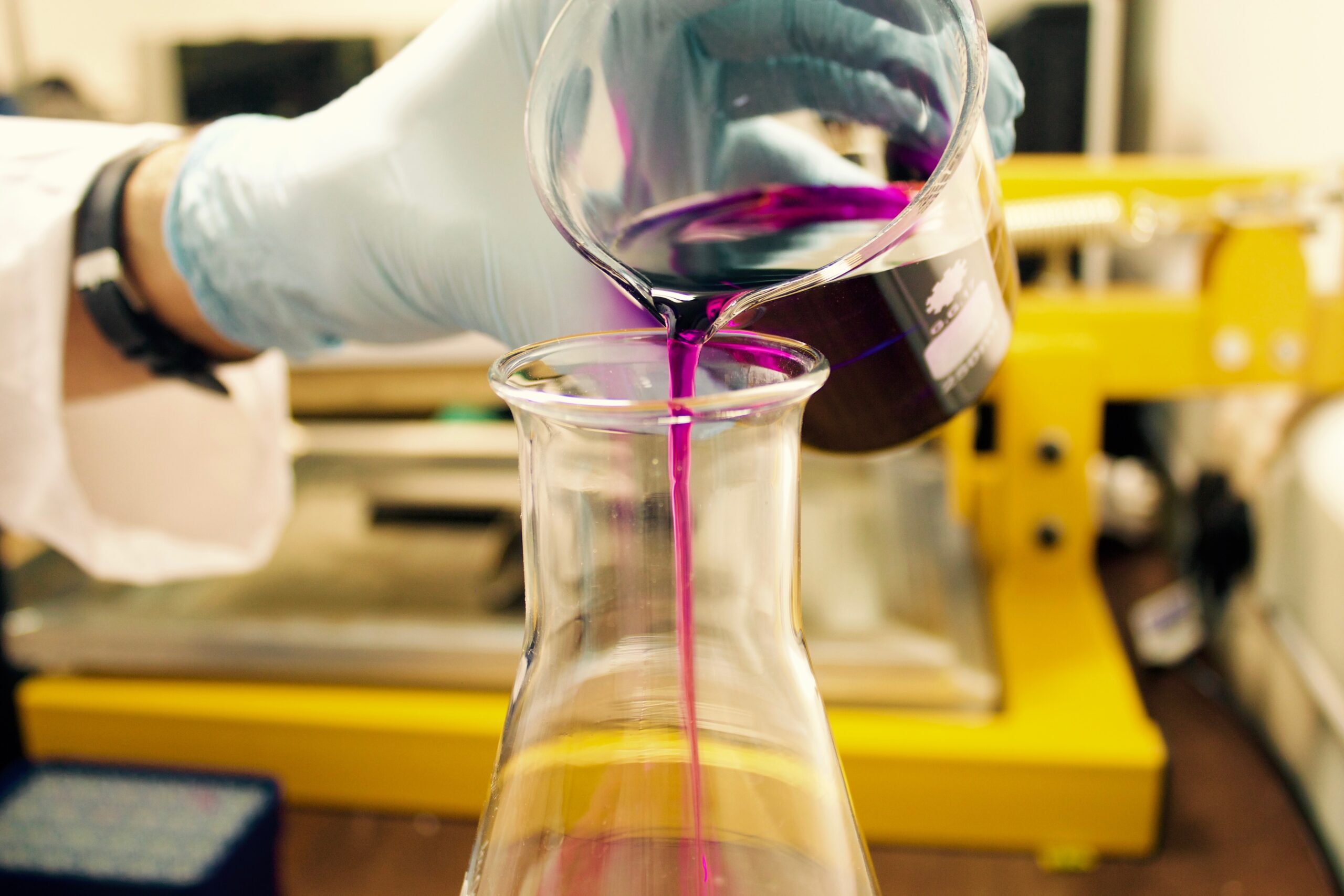In the ever-evolving landscape of healthcare, biosimilars have emerged as a potential solution to combat the high costs of prescription drugs. However, their impact on the overall expenditure in the pharmaceutical industry may not be as significant as anticipated. This blog post explores the distinction between biosimilars and generics, their role in cost reduction, and the larger underlying issues that contribute to the soaring prices of drugs.
Understanding Biosimilars
Biosimilars are biological products that closely resemble already approved reference biologics in terms of safety, efficacy, and quality. Unlike chemically synthesized generics, biosimilars are derived from living organisms, making their development and manufacturing processes more complex.
Differentiating Biosimilars from Generics
Biosimilars and generics have distinct characteristics. Generics are chemically identical copies of original drugs, while biosimilars are highly similar but not identical to the reference product. Biosimilars undergo rigorous testing to demonstrate similarity, necessitating comprehensive analytical studies, non-clinical evaluations, and clinical trials for approval.
The Role of Biosimilars in Cost Reduction
Although biosimilars offer the potential for cost savings, their impact on overall healthcare expenditure might be limited. The example of Humira, the best-selling drug in history, highlights this phenomenon. Despite the availability of biosimilars, the spending in the U.S. prescription drug industry remains largely unchanged.
A Deeper Examination
Merely focusing on biosimilars as a solution to high drug costs might distract us from addressing the root causes of the problem. The unanswered question lies in how and why drugs like Humira became unprecedented blockbusters. Understanding the factors that contribute to their success is crucial to developing long-term solutions.
The Complexities of High Drug Costs
The soaring prices of prescription drugs are a multifaceted issue. Factors such as pricing and reimbursement practices of pharmaceutical companies, the role of insurance companies and pharmacy benefit managers, and the regulatory framework for drug development and approval all play a role. Tackling high drug costs requires a comprehensive approach that considers these interrelated elements.
Looking Ahead
To achieve sustainable healthcare, it is imperative to reflect on the root causes of high drug costs. While biosimilars can contribute to cost reduction on a per-drug basis, a broader examination of the pharmaceutical industry is needed. By addressing incentives, pricing structures, and access models, we can work towards meaningful change and avoid repeating the same discussions on drug costs in the future.
Biosimilars hold promise as alternatives to costly biologic medicines, but they alone cannot provide a comprehensive solution to the challenges posed by high drug costs. A holistic approach that considers the underlying factors driving drug pricing is essential. By critically examining the pharmaceutical industry, we can foster a more sustainable and affordable healthcare system that benefits patients, providers, and society as a whole.






